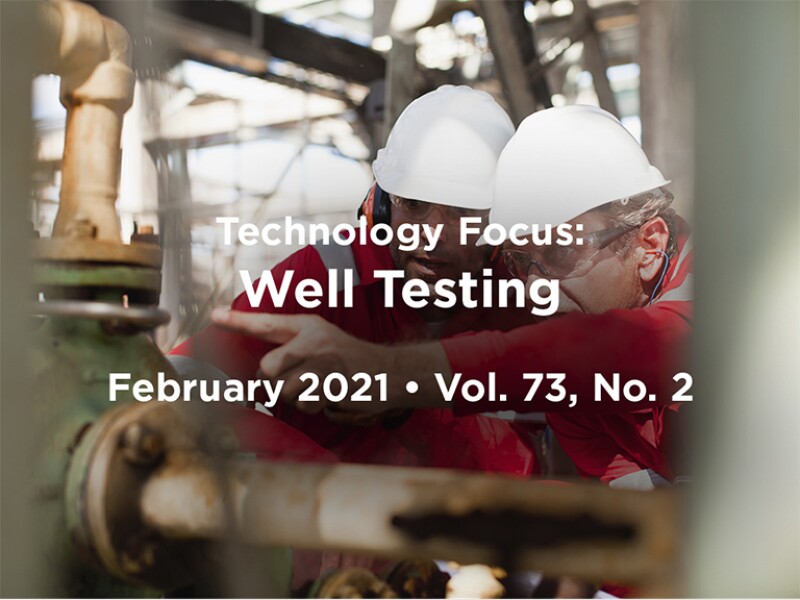At first glance, well testing may not come across as high-tech. At a time of rampant digitalization, with catchy phrasing such as “machine learning” and “Internet of things,” how can we compete with “slip joints” and “Bourdet derivatives” from the ’80s? Further down Memory Lane, bubble buckets and semilog graph paper look even more as if they are from a bygone era. Yet the former are still relied upon in specific onshore applications (I used one 2 years ago), and petroleum engineering students continue to learn the fundamentals of pressure transient analysis with the latter.
Most of today’s equipment and interpretation methods are indeed not new. After all, well testing has been around for nearly a century, resulting in a legacy that may not always look cutting-edge, but these tried-and-true tools (both hardware and analytical) were so technologically remarkable that they became staples. Call it pragmatism; others may retort that “if it ain’t broke, don’t fix it.”
These tools enable operators to test exploration and appraisal wells before any production facilities are installed, flowing hydrocarbons to a drilling rig in a controlled and safe manner, sometimes for the first time since these molecules were trapped millions of years ago. Service companies developed equipment that can be operated under a variety of conditions, enhancing the operator’s flexibility to tailor to virtually any circumstances, while layering in safety features and contingencies. Disturbances stemming from flowing the well are recorded by gauges that can resolve minuscule pressure changes. Far beyond permeability thickness at the well, the resulting pressure transients yield insights into reservoir architecture, thereby illuminating the operator’s subsurface understanding to inform field development and a lifetime of reservoir management.
A nonexhaustive list of recent improvements and additions to our toolbox includes:
- Acoustic telemetry for wireless equipment actuation in temporary completions
- Wet-mate connectors for formation-face instrumentation in permanent completions
- Fiber optics for distributed temperature and acoustics with no moving parts
- Multiwell deconvolution for application to producing fields
A business tenet contends that a compromise must be sought between quality, cost, and time. You may have heard it as “good, cheap, or fast—pick two.” While this is a simplistic vision that omits other key dimensions, technology has undeniably improved the value proposition of well testing.
This month’s papers exemplify the vibrancy of technology in our discipline. Well tests are the linchpin of a carbonate’s appraisal campaign and unlock dynamic insights into nonmatrix behavior otherwise inaccessible from static logs. Heterogeneity in unconventional rocks is recognized with a fully integrated reservoir/fracture/wellbore simulator that can model different layers of varying thickness, stiffness, hardness, and stress, to name but a few. A convolutional neural network offers a brilliant engineering control to complement the traditional flare watchers and proactively monitor suboptimal combustion, furthering our industry’s environmental commitment. In the suggestions for additional reading, peruse the elegant Bayesian take on uncertainty analysis and the intriguing combination of geomechanics and well testing.
This Month's Technical Papers
Extensive Well-Testing Operations Provide Insight Into Khuff Reservoirs
Diagnostic Fracture Injection Test Analysis Method Addresses Layered Rocks
Deep-Learning Technique Monitors Well-Testing Burner Efficiency
Recommended Additional Reading
SPE 200617 Assessing the Nonuniqueness of a Well-Test Interpretation Model Using a Bayesian Approach by J.A. Cumming, Durham University, et al.
SPE 201773 Geomechanical Well Testing: A New Methodology for Interpretation of Pressure Transient Testing Data for Geomechanical Applications by Saeed Rafieepour, The University of Tulsa, et al.


